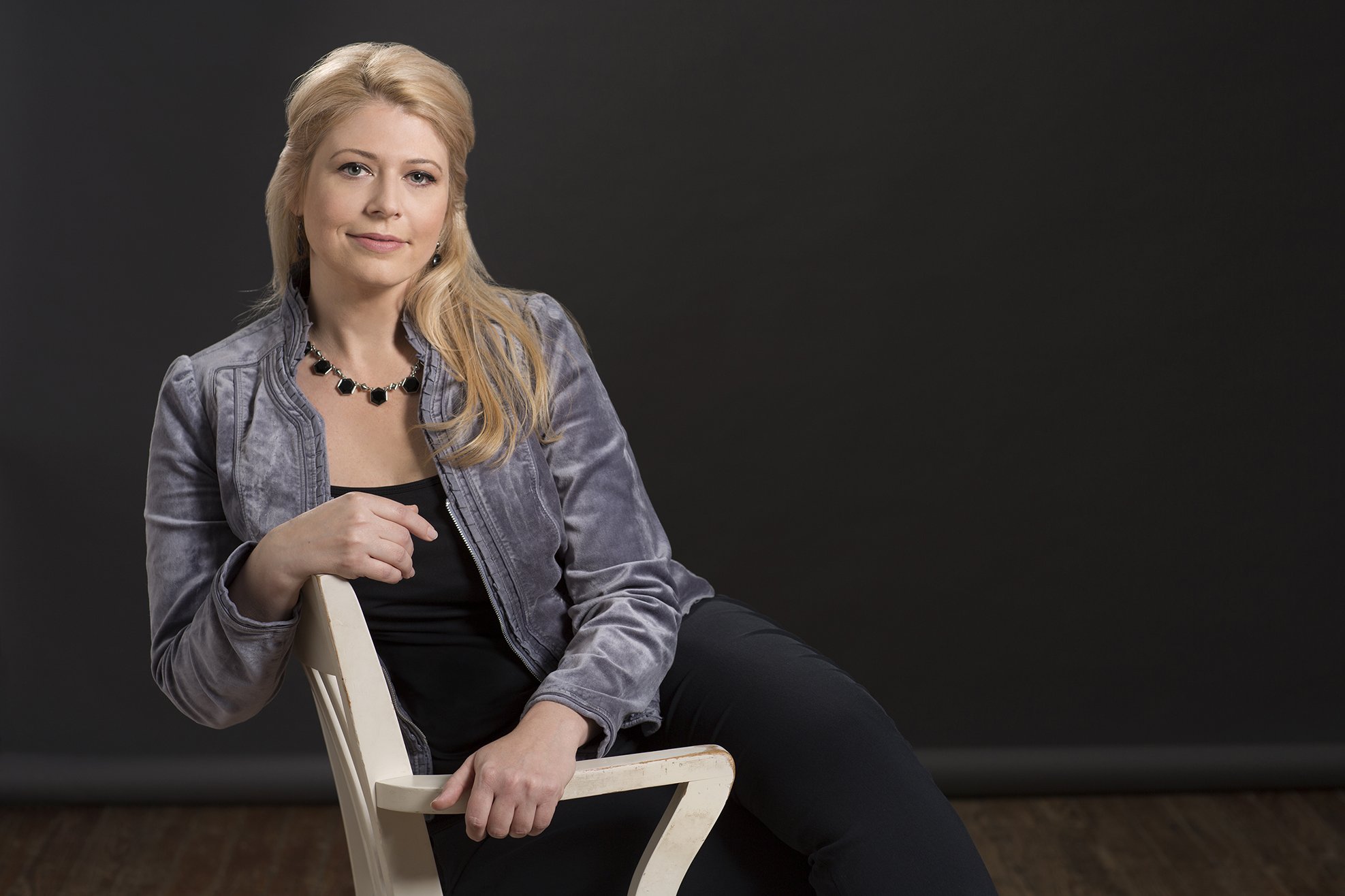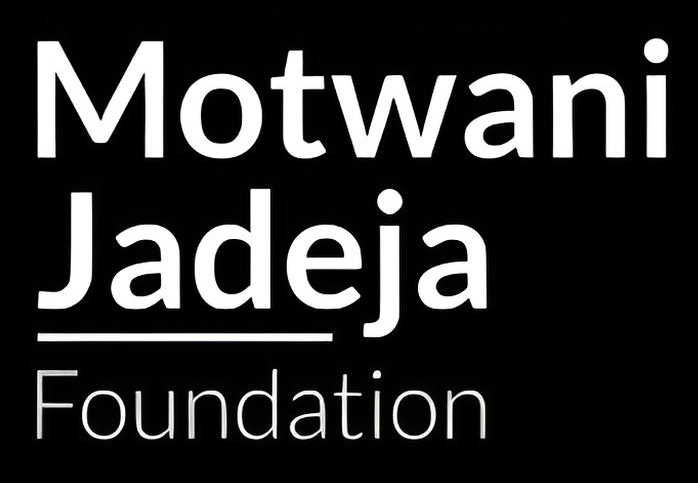How a Blind Woman Uses her Art to See
“Barn Roof” by Tammy Ruggles
Tammy Ruggles was born with the retinal disease (RP) that initially prevented her from pursuing her love of photography. Ruggles always knew that she wanted to create fine art with photography, but even with with her limited vision,

RP forced her to view this career path as a “closed door. However, in 2013 Ruggles purchased her fist point-and-shoot camera, which changed her whole outlook on photography. Due to the auto setting, she does not have to look into the camera while she shoots, and she is able to use her remaining vision to view the photos on her computer monitor. With this digital camera, Ruggles was able to explore her love of photography in a very non-conventional manner, which is what makes her work so unique. The barriers that Ruggle’s face prove that expression of creativity is always possible, and even the tasks that seem out of reach can be achieved as long as you learn to adjust to your capabilities.

“By the Lake” by Tammy Ruggles
Ruggle’s art is mostly maintained within Kentucky, where she resides today. She is able to “find ways to work within [her] limitations,” which itself symbolizes her personal struggle with RP. Ruggle’s work proves that you, “don’t have to leave your home to find interesting pictures”, she states. Ruggles mainly photographs within a three-county area in which she frequently visits with family and friends, which creates a true connection between herself and her artwork. She is able to constantly create art within these areas because seasons and situations are always changing, thus our always-changing environments provide new images to take photos of natural imagery such as a flower, or a small mushroom in the yard and view it on a large screen, which she wouldn’t otherwise be able to see.
“Such photos are not necessarily for the sake of savoring memories”, says Ruggles, “but instead they are taken for the sake of beauty and art.”
During the start of her photography, Ruggles would ask for assistance while she would adjust to her camera and the idea of taking photos. Once she became comfortable with her camera and developed her own method of pointing and shooting, she desired less and less help. Today Ruggles prefers to take photos on her own whenever she is able because she gains a sense of pride from the photographs that she takes herself. Even if she captures photos of “the ocean of blurriness” that surrounds her. While Ruggles seeks minor assistance from her son on occasion, she never gets help for choosing a subject to photograph, composition, contrast, negative space, and rhythm. Instead Ruggles uses her art education and her self-study of photography in order to navigate such aspects of taking photos. It is quite clear that Ruggles has a nature knack for taking photos, and her independence is truly inspirational, as it proves that any goal is obtainable.

“As a Cloud” by Tammy Ruggles”
“Blindness affects almost every part of her work”, says Ruggles. Her decision to shoot in back and white, choosing high contrast photos, using minimal compositions, and how she takes photos is all dictated by her sight. While most would assume that a visual impairment is a disadvantage to photography, Ruggles is able to understand advantages to her lack of sight. There is a unique way in which her visual impairment shapes her creative style, as she is less concerned with planning out her photos, but she instead focuses on choosing images that she enjoys and can see the best.

“Grazing” by Tammy Ruggles
“If I struggle with anything in the world of photography, it’s the uncertainty of whether people like my photography because it’s interesting or pretty, or because I’m a ‘legally blind photographer.’”
For Ruggles, it is important to prove that there are possibilities for those with visual impairment. Since, she also does not want people to feel sympathetic due to her RP. She doesn’t want her RP to dictate her audience and would instead like her work to “stand on its own.” Ruggles makes the observation that, “Steve Wonder and Ray Charles are not famous for their blindness, but for their musical talent.” Ruggles would prefer the same treatment, as she wants to be recognized as a fine art photographer without attention drawn to her visual impairment.
According to Ruggles, it is important to study photography before you jump into the world of art. Formal classes are not necessary, as we all have access to books, documentaries, and tutorials that can be just as affective. Once you have a grasp on photography, you then must think about who you are as a photographer and the kinds of subjects that you would like to photograph. If you know what kind of photographer you want to be, you will be able to truly, “represent you and your style,” (she states) and from there you will be able to construct a portfolio and show your work. Ruggles advises to, “keep taking pictures for as long as you’re happy doing it [because] photography is a way to connect you to yourself, and the rest of the world.”
Ruggle’s photography will make an impact not only on the art world, but the world in general, as her creations demonstrate the many possibilities for those who struggle with visual impairment. While her work definitely speaks to the blind, it truly encourages all people who carry challenges of any kind, which is what makes her art so versatile and inspiring.



































